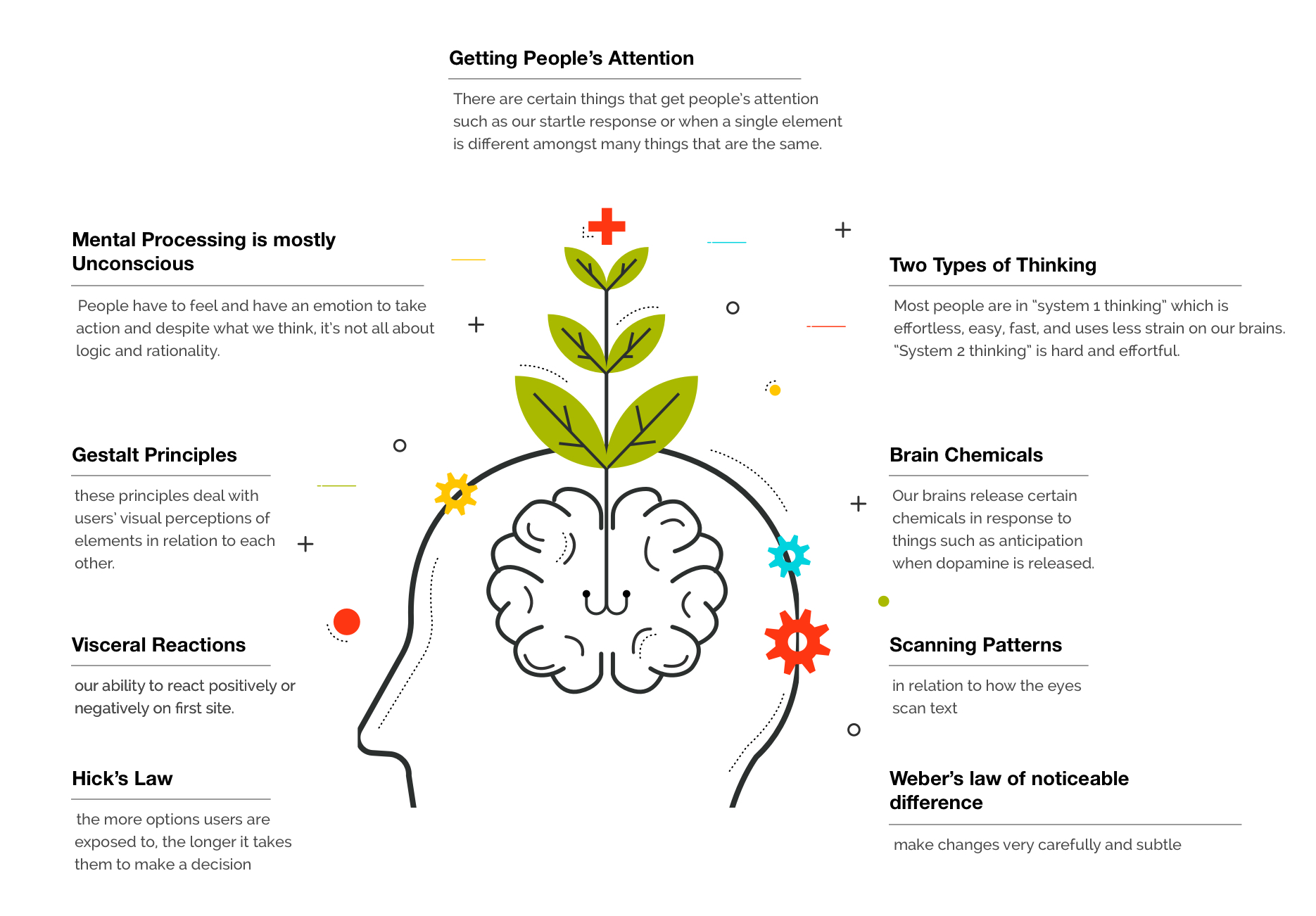User Experience (UX) is the practice of product or service design that looks beyond the physical or visual design. It analyses, enhances and emphasises the way people could interact with the experience being created.
With the growing need to better understand how customers or consumers think, combined with the demand for clever, seamless interfacing, it is possible that UX could in fact be gradually morphing towards something like User Engagement Design. Good design, and particularly UX design, looks through the lens of the user to understand their view of the world, in order to connect with them, and hopefully enhance their daily routine.
As an approach, it puts user requirements in the spotlight from the beginning of any concept or project. And if the user feels something has been made with them in mind, the more readily it will be adopted.
Engagement as an outcome
Users tend to develop a personal affection when a product empowers or entertains them. Nowadays, most companies are vying to develop this emotional connection through marketing and customer engagement strategies. They produce eye catching apps, websites, communications and campaigns that reflect the trending designs people today respond to. For brands, a stronger emotional engagement will mean more likelihood to use their services, or even to perform better as an employee, which can drive higher profitability. However, a cool design on its own isn’t enough to encourage meaningful or long-term engagement. You need to put some thought into it.
It is here we like to place a lot of emphasis in our work. By prioritising the drives and needs of the end user, you provide a smoother route for them to connect with you, your processes or objectives.
And with the richness of graphic or visual design and the flexibility and potential that technology can provide, it has almost never been easier to reach target audiences today. Appealing to the eye, ease of use, accessibility at just the touch of a button – it all works together to invite users to start exploring. Beyond that, a solution’s survival then depends on the ability to successfully onboard the user and continuously prove its value.
To create meaningful experiences, and sustain the journey you want a user to embark on, requires complementing design with some of the principles behind human psychology and human behaviour. This helps us interpret emotions, reactions and motivations, therefore helping us to build scenarios that will provoke desired interactions. You want to minimise frustration – creating an environment where the user almost instantly knows where to find what they’re looking for. An engaging application or service will almost anticipate the user’s next want or need.

Connecting to the mind of the user
It may sound complex, but it doesn’t need to be. UX design principles help map how we most commonly interact with things around us, and provides the key to innovate the ways we could experience something. All coming together to surprise, satisfy and stimulate an engaged end user.
In the worst-case scenario, you want to stop a user feeling lost or stuck. Ideally though, you’re creating an experience so dynamic and enjoyable for the individual that they recommend it to others and keep returning out of genuine loyalty.
It is here that great UX design sits: at the intersection of technology and psychology. Providing the methodology to first hook an individual into engaging with something, and then anticipating the ways a user will want to access and interact, so that the overall experience feels intuitive and responsive to them personally. The goal is to make each user feel special – as though an application or product was designed with just them in mind. And replicating that feeling across millions of other people as well. Easy!

